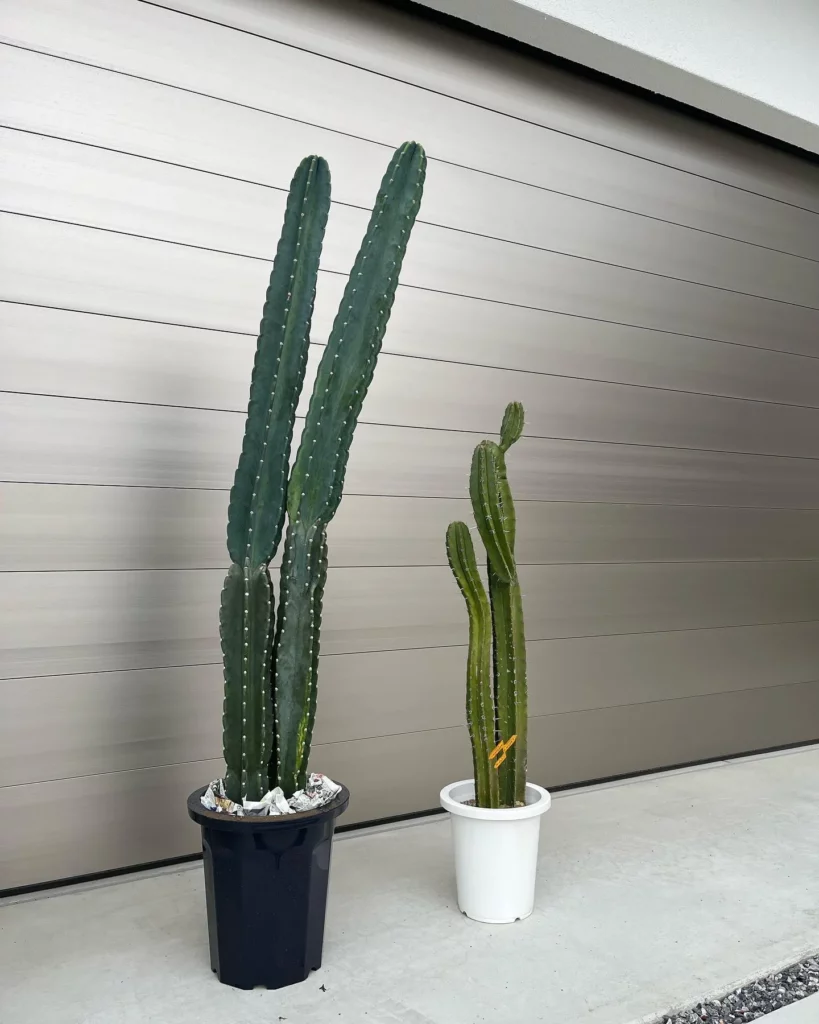Welcome to my Maguey de Pulque Care Guide! In this article, I will share with you essential information on how to care for this fascinating succulent. Maguey de Pulque, also known as Agave salmiana, is a stunning evergreen plant native to North America and Mexico. Its dark green, fleshy leaves form a unique candelabra-like shape, making it a standout addition to any landscape.
One of the most intriguing aspects of Maguey de Pulque is its blooming cycle. This succulent only blooms once every 15-25 years, producing a magnificent upright flower stem adorned with greenish-yellow flowers. But there’s much more to learn about caring for this special plant.
Key Takeaways:
- Maguey de Pulque is an evergreen succulent native to North America and Mexico.
- It prefers partial sun or partial shade and is tolerant to cold temperatures.
- Maguey de Pulque can be easily propagated from cuttings or seeds.
Appearance of Maguey de Pulque
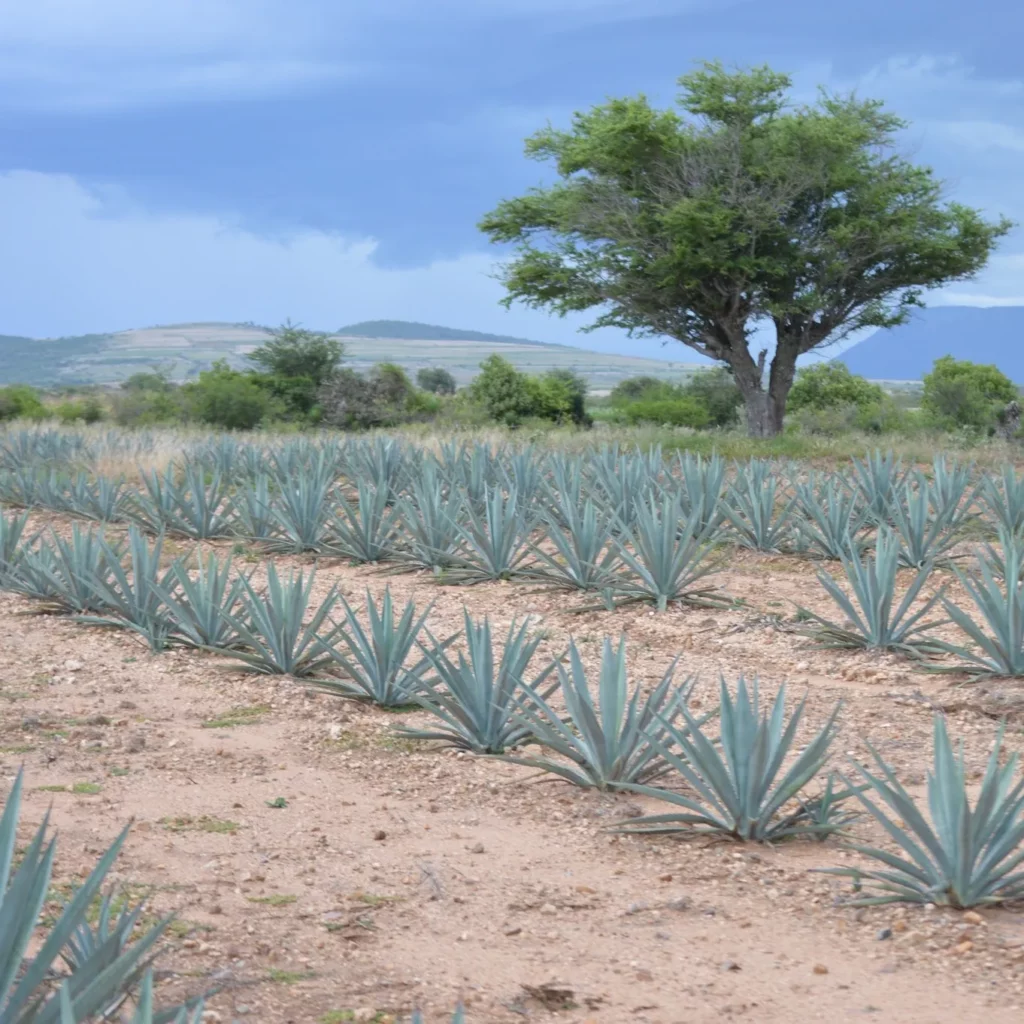

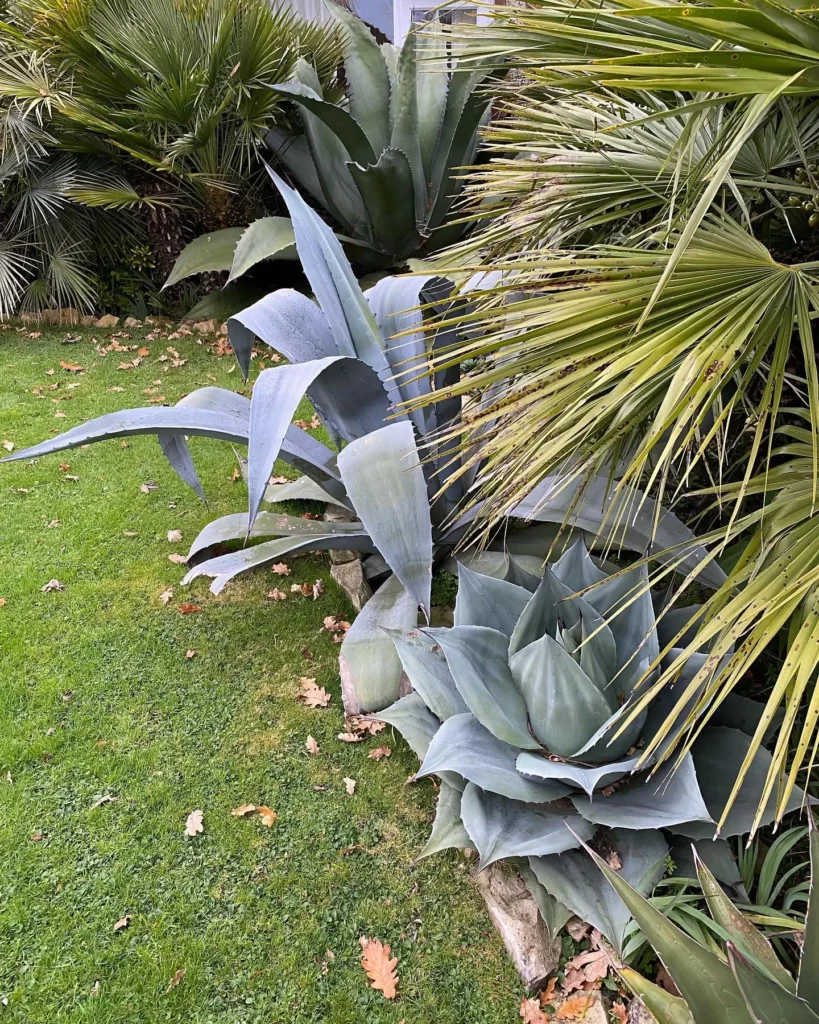
Agave salmiana, commonly known as Maguey de Pulque, is a large succulent that showcases unique and eye-catching characteristics. Its impressive size can reach heights up to 6 feet with a sprawling spread of 12 feet, making it a striking addition to any landscape.
The foliage of Maguey de Pulque is a standout feature, with large, copious dark green leaves that have sharp, serrated margins. These fleshy, yet flat, leaves closely resemble the shape of a candelabra, adding an architectural beauty to its overall appearance.
While this evergreen succulent remains largely dormant for most of its life, it produces a breathtaking display when it finally blooms. Maguey de Pulque blooms only once every 15-25 years, sending up an impressive flower stem that can reach heights of up to 13 feet. The flowers themselves are greenish-yellow and possess a slightly spicy scent, adding an additional dimension of visual and olfactory appeal.
Light Requirements for Maguey de Pulque
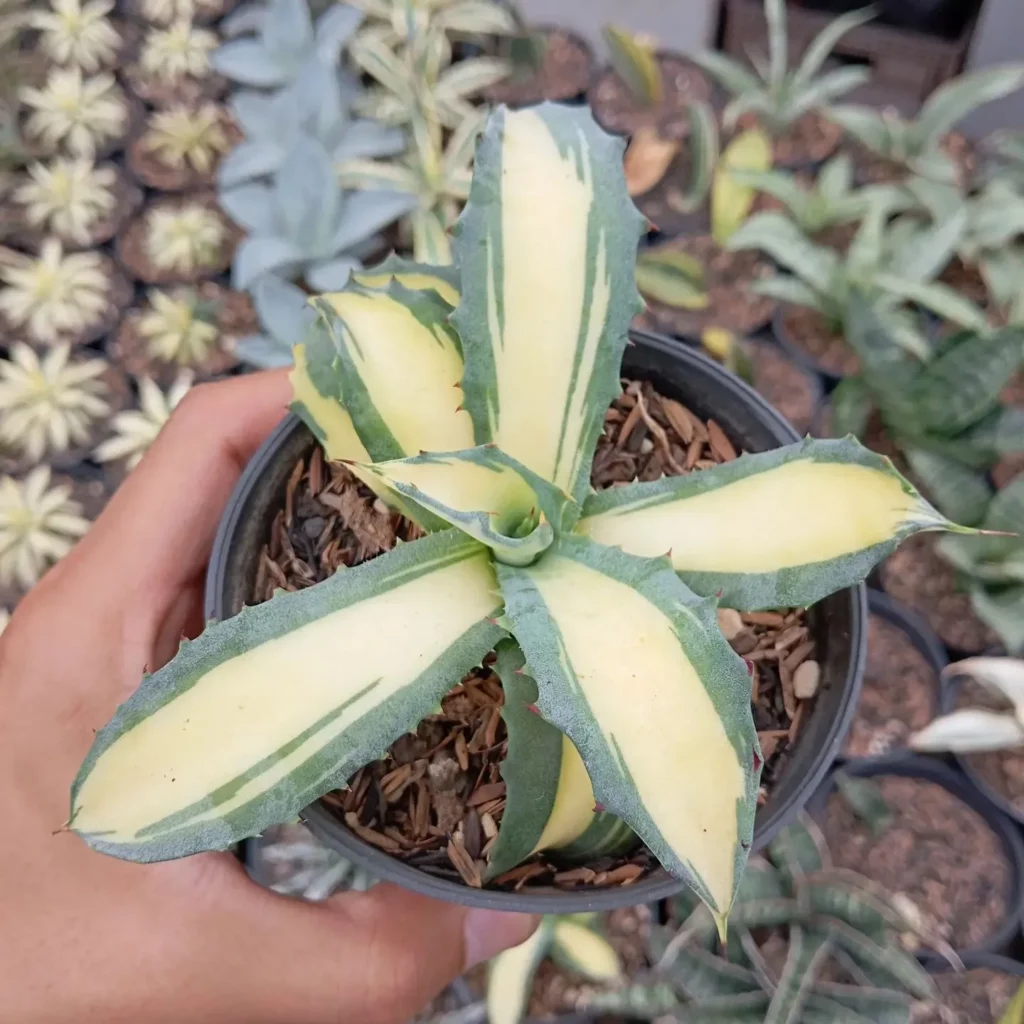
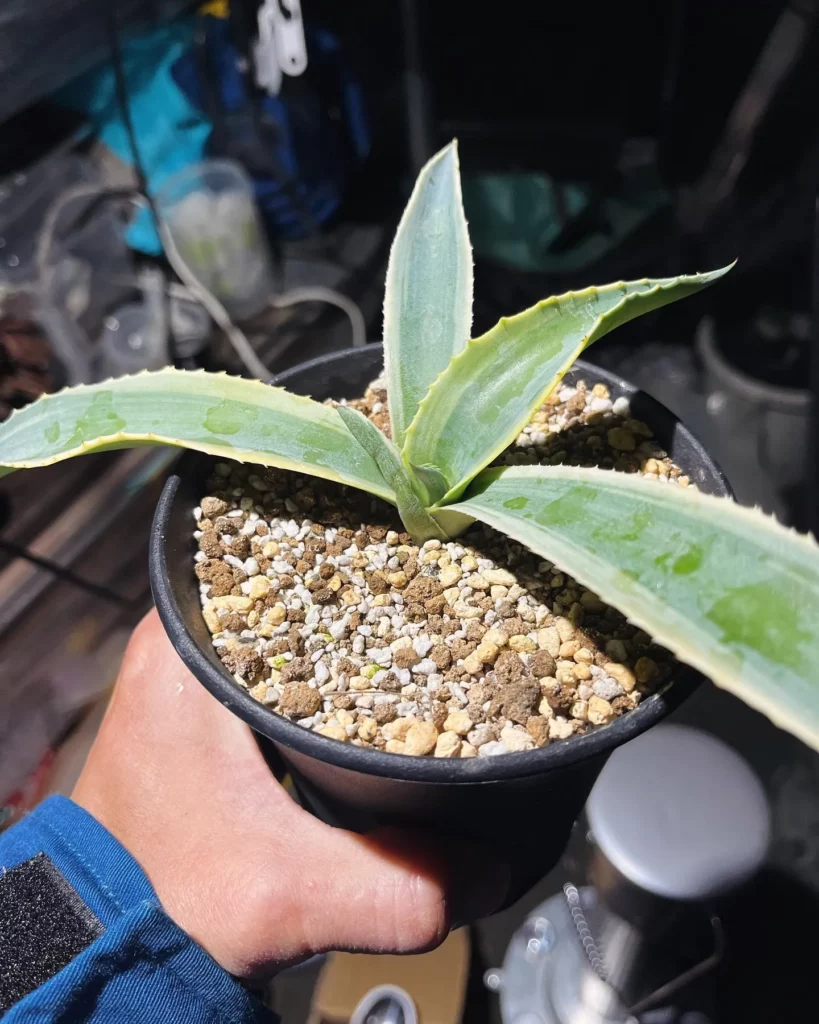
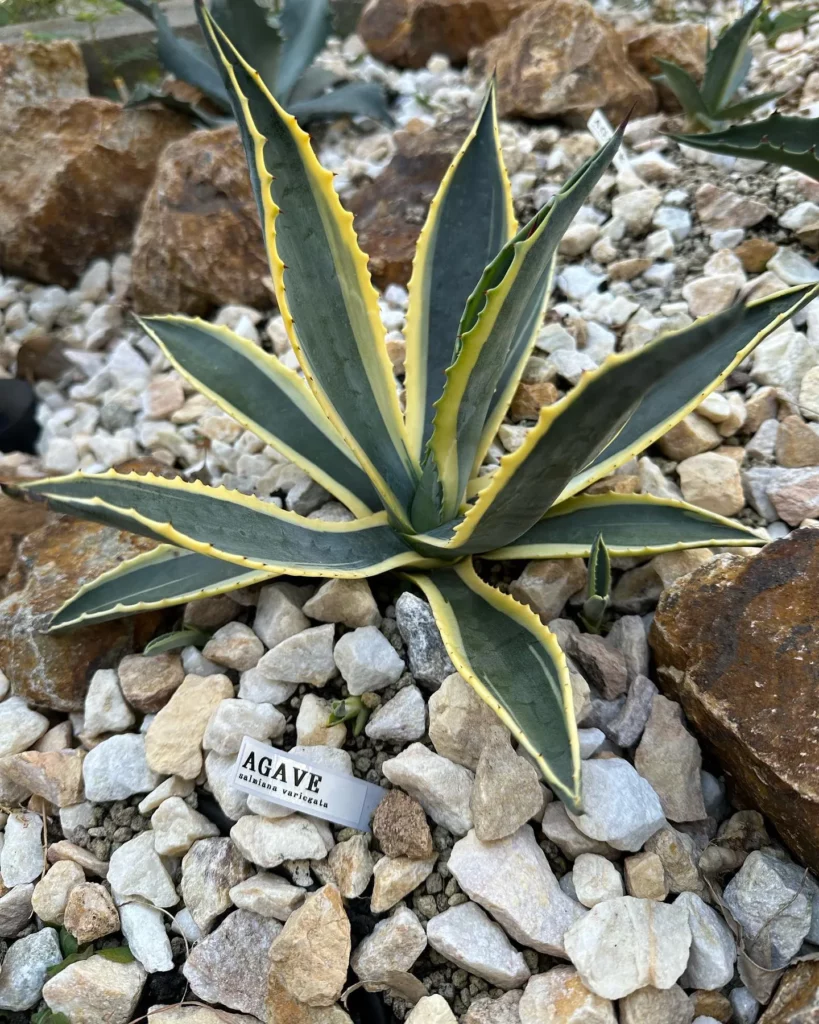
Maguey de Pulque, also known as Agave salmiana, has specific light requirements for optimal growth. This succulent prefers partial sun or partial shade, making it important to avoid exposing it to full sun. While it can tolerate a range of lighting conditions, excessive sunlight can negatively impact its productivity.
If you’re growing Maguey de Pulque in your garden, it’s essential to place it in an area that receives a good balance of sunlight and shade throughout the day. This will ensure that the plant thrives and maintains its architectural beauty.
Light Requirements Tips:
- Choose a location with partial sun or partial shade.
- Avoid placing the succulent in direct sunlight, as it can cause damage.
- Observe the lighting conditions in your garden and find the best spot for Maguey de Pulque.
Watering Maguey de Pulque
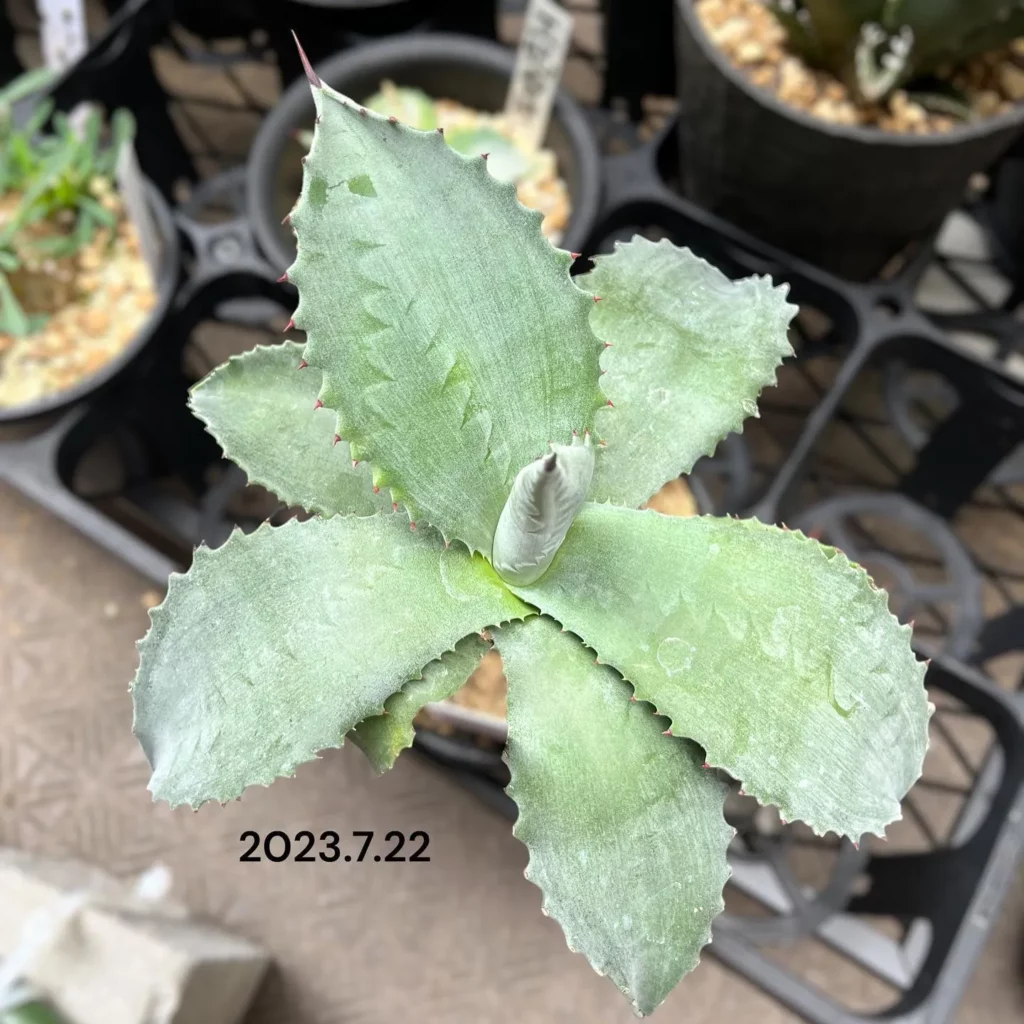
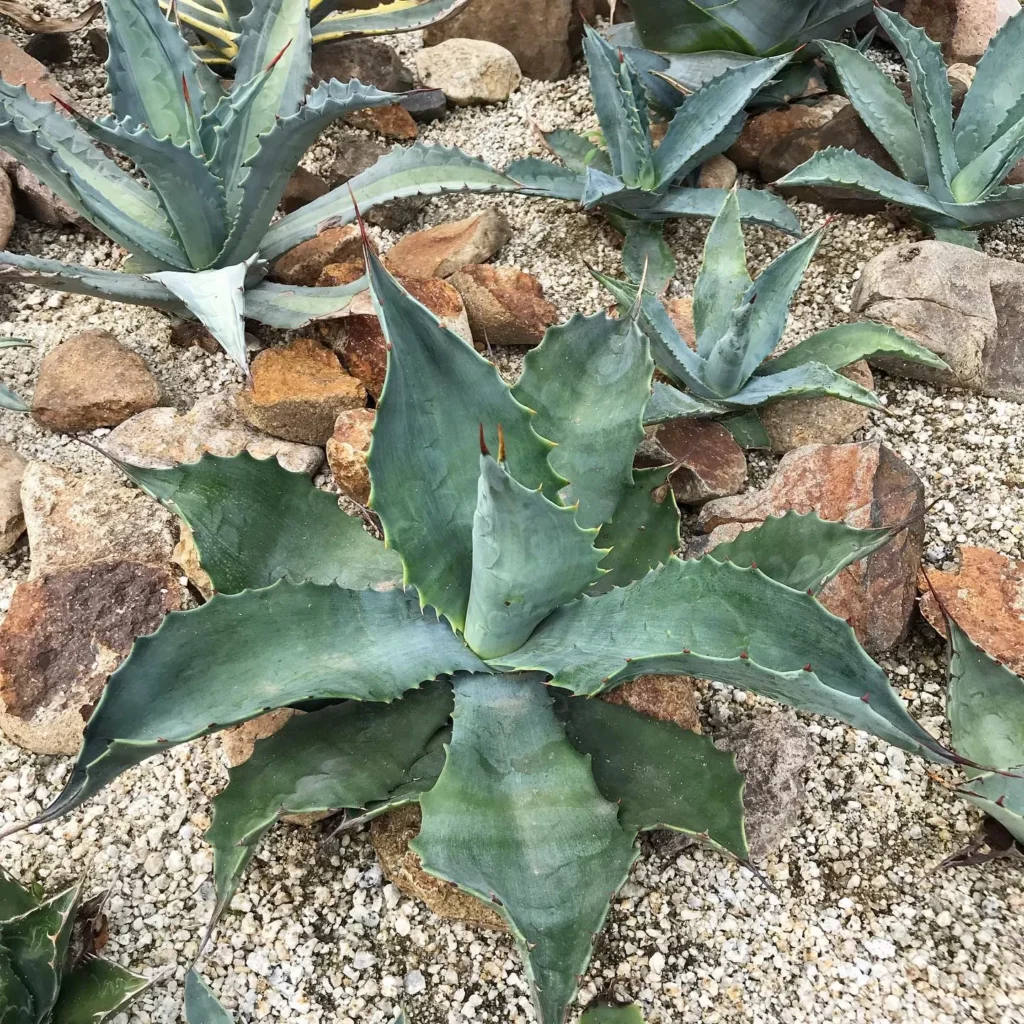
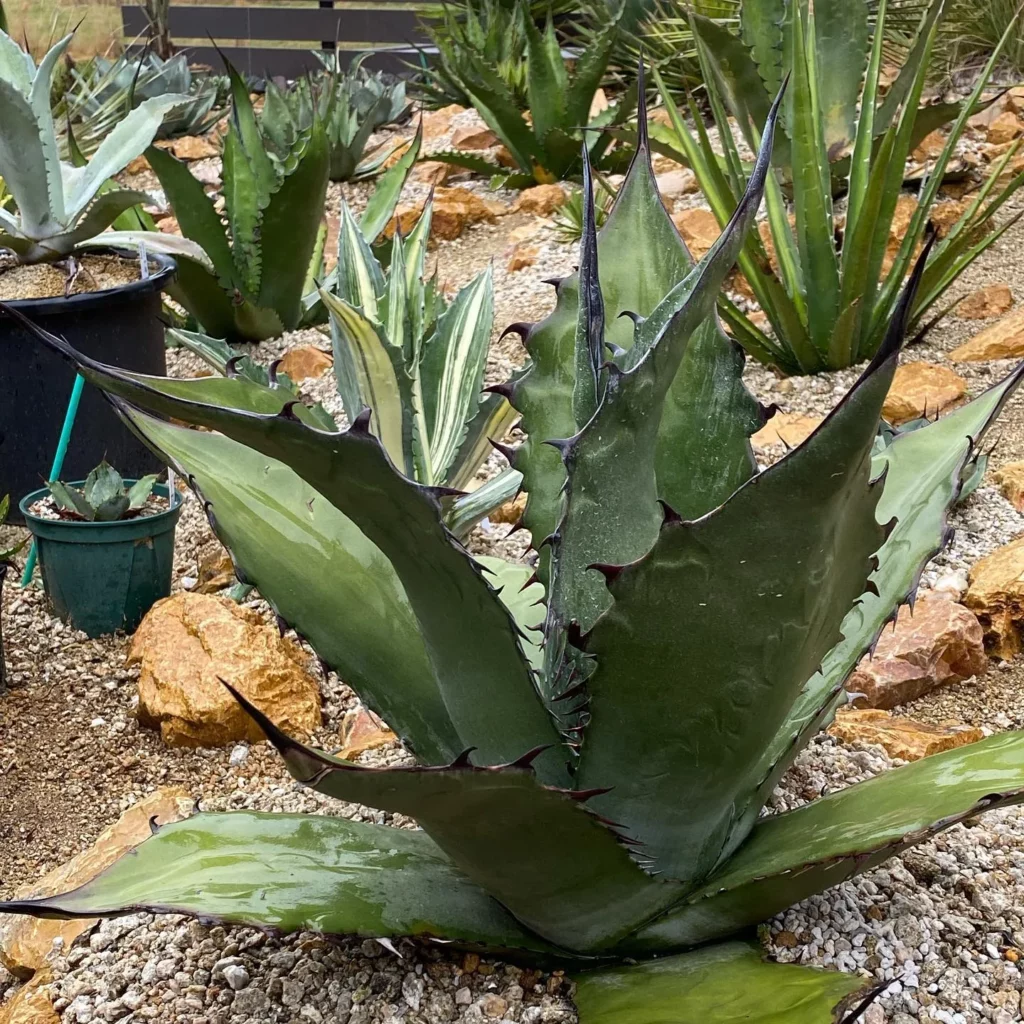
Proper watering is essential for the health and vitality of Maguey de Pulque. As a succulent, it is adapted to survive in arid conditions and is considered drought-tolerant. However, it still requires regular watering to thrive.
During the summer months, Maguey de Pulque should be watered every 2 to 3 weeks. This will provide enough moisture to sustain its growth without causing root rot. It is important to allow the soil to dry out between waterings to prevent overwatering. Overwatering can lead to fungal diseases and root rot, which can be detrimental to the plant’s overall health.
In regions with hot and dry climates, such as central Arizona, Maguey de Pulque is particularly well-suited due to its low water needs. It can tolerate light irrigation in summer, making it an excellent choice for water-wise gardening.
Watering Tips:
- Water deeply: When watering, ensure that you thoroughly saturate the soil around the base of the plant. This will encourage deep root growth and help the plant withstand periods of drought.
- Avoid overhead watering: Maguey de Pulque is susceptible to fungal diseases, so it’s best to water at the base of the plant. This will minimize moisture on the leaves and reduce the risk of infection.
- Monitor soil moisture: Regularly check the moisture level of the soil by inserting your finger about an inch deep. If the soil feels dry, it’s time to water. If it’s still moist, wait a few more days before watering again.
Fertilizing Maguey de Pulque
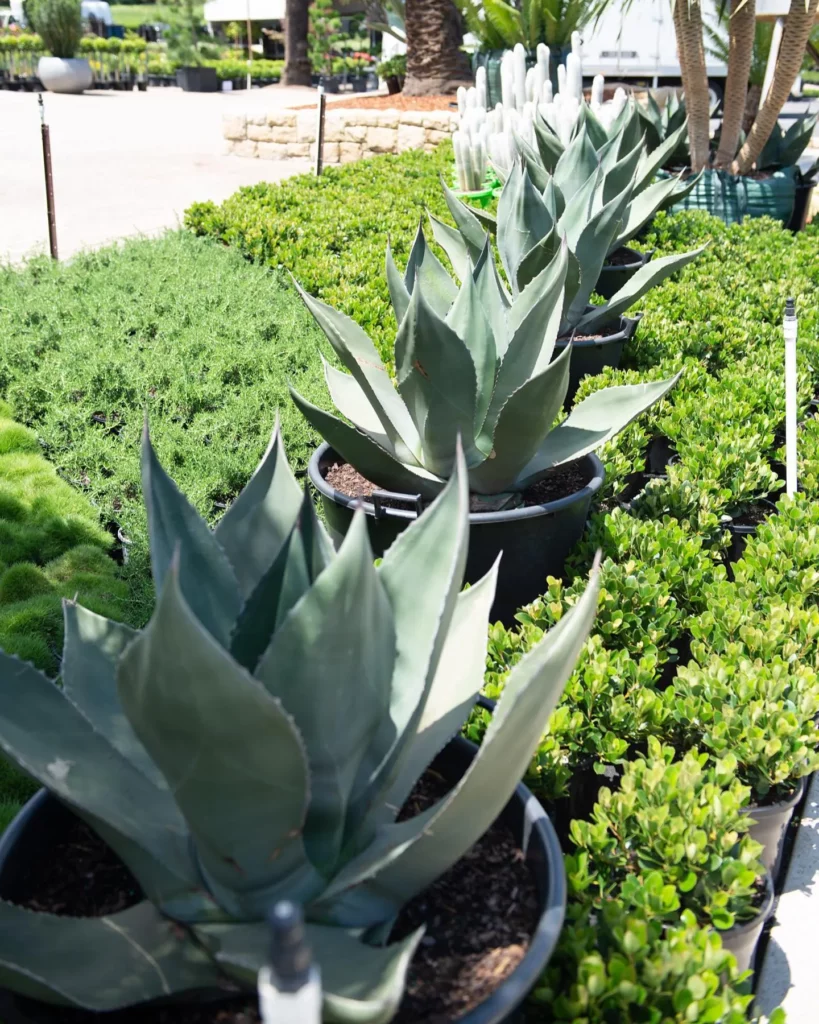

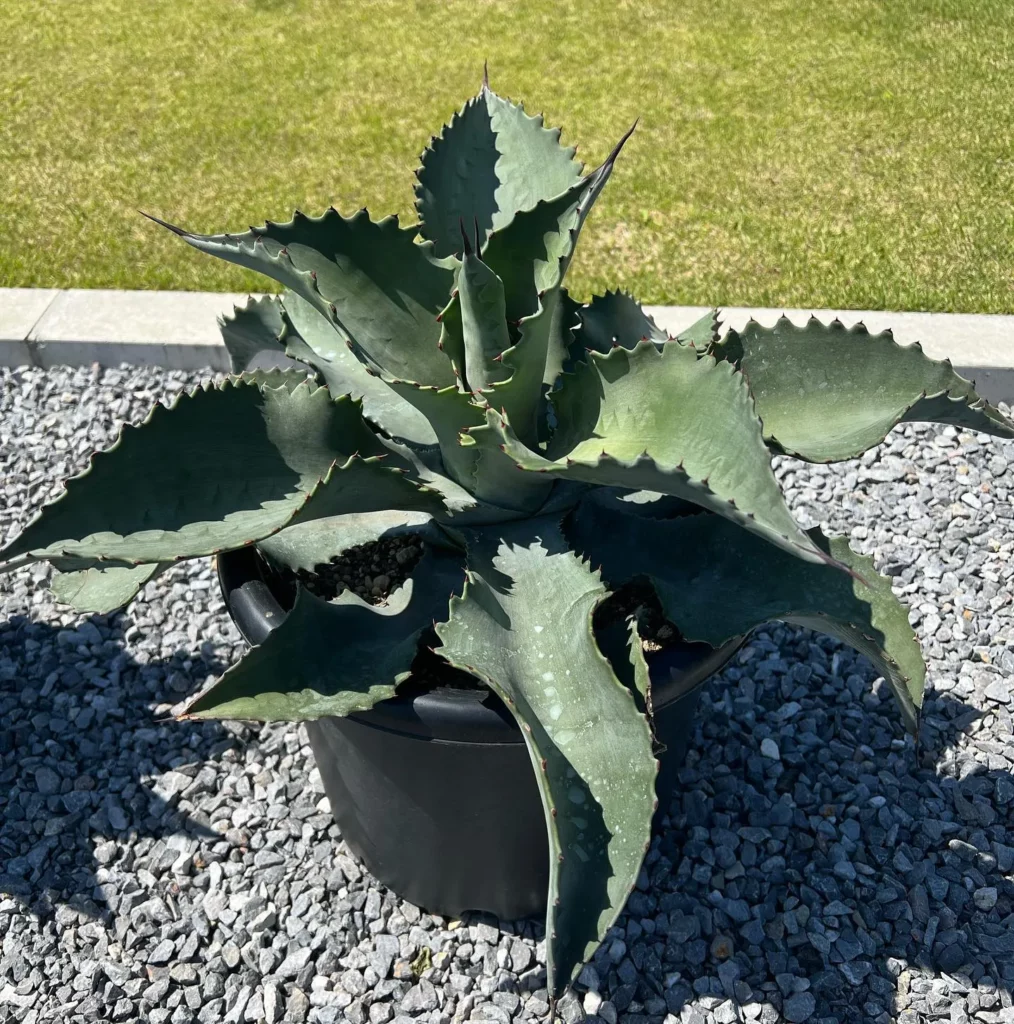
Fertilizing Maguey de Pulque plays a crucial role in ensuring its healthy growth and development. While this succulent does not require heavy feeding, providing it with a small amount of fertilizer can enhance its overall vigor and resilience. When it comes to fertilizing Maguey de Pulque, there are a few key points to keep in mind.
1. Choose the right fertilizer:
- Opt for a balanced fertilizer with an NPK ratio of 20-20-20 or similar.
- Avoid fertilizers high in nitrogen, as they can lead to excessive foliage growth at the expense of flower production.
2. Apply the fertilizer at the right time:
For young Maguey de Pulque plants, it’s best to apply a half dose of fertilizer during the growing season. This helps provide essential nutrients for establishing a robust root system. However, fully-formed, mature plants generally do not require regular fertilization.
3. Apply the fertilizer correctly:
- Apply the fertilizer at the base of the plant, avoiding direct contact with the leaves.
- Water the plant lightly after applying the fertilizer to help it absorb the nutrients.
Potting Maguey de Pulque
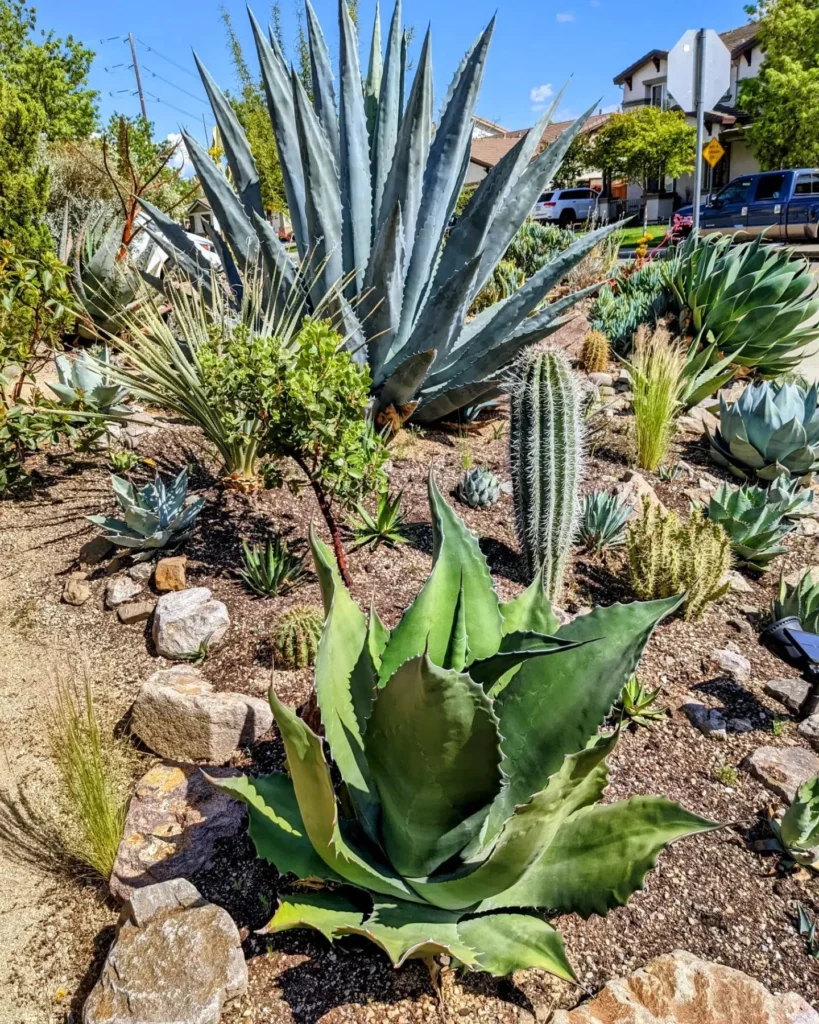

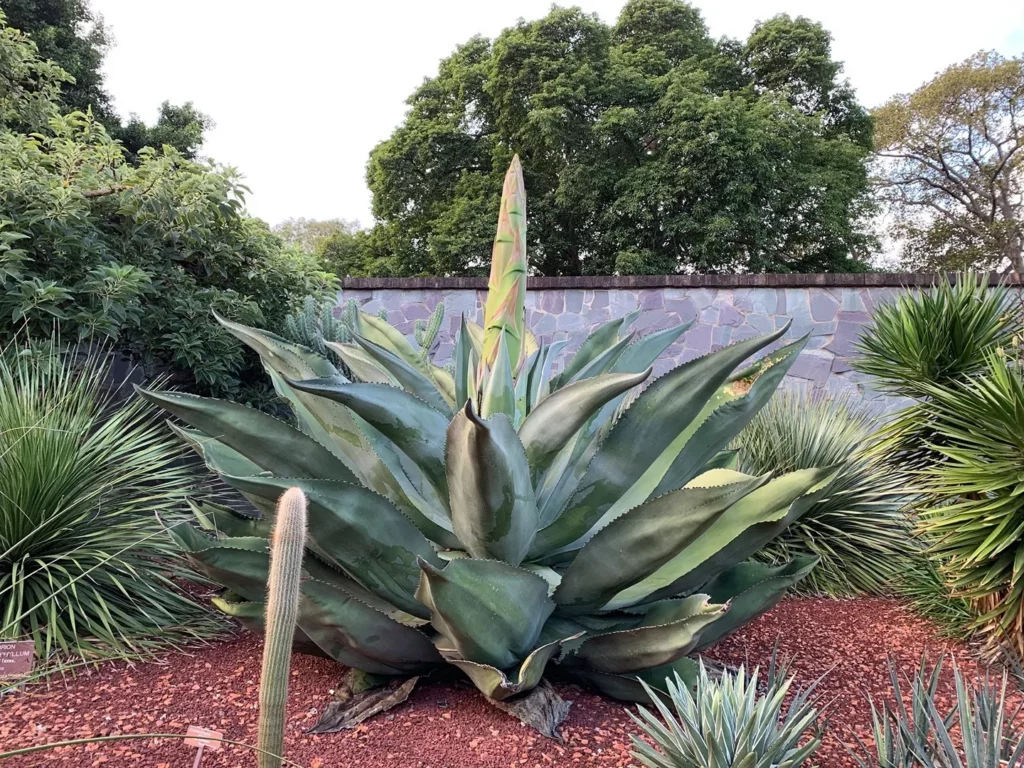
When it comes to potting Maguey de Pulque, choosing the right soil type is crucial. This succulent is well-suited for all types of soil, including sandy, loamy, and clay soil. However, it thrives in soil that is moist and well-drained. Before potting, ensure that the soil is not waterlogged, as excess moisture can lead to root rot.
You can use a wide and shallow container for potting this succulent, allowing enough space for it to grow to its full size. Transplanting should be done at the same depth as the current plant, taking care to avoid the sharp spikes along the edges of the leaves. It is important to wear eye protection during this process to prevent sap from getting into the eyes. Once you’ve successfully potted Maguey de Pulque, place it in an area that provides partial shade to protect it from harsh UV rays.
If you are concerned about the pH level of the soil, rest assured that Maguey de Pulque can tolerate a wide range of pH levels, from acidic to alkaline. This adaptability makes it easier to find suitable soil for potting this succulent. Remember to water the plant just enough to make the soil wet after transplanting, and then adjust the watering frequency based on the specific needs of your Maguey de Pulque.
- Choose a well-drained soil for potting Maguey de Pulque.
- Use a wide and shallow container that allows room for the succulent to grow.
- Transplant at the same depth as the current plant, taking caution of the sharp spikes.
- Place the potted Maguey de Pulque in an area with partial shade.
- Water the plant adequately after transplanting and adjust watering frequency as needed.
Propagation of Maguey de Pulque
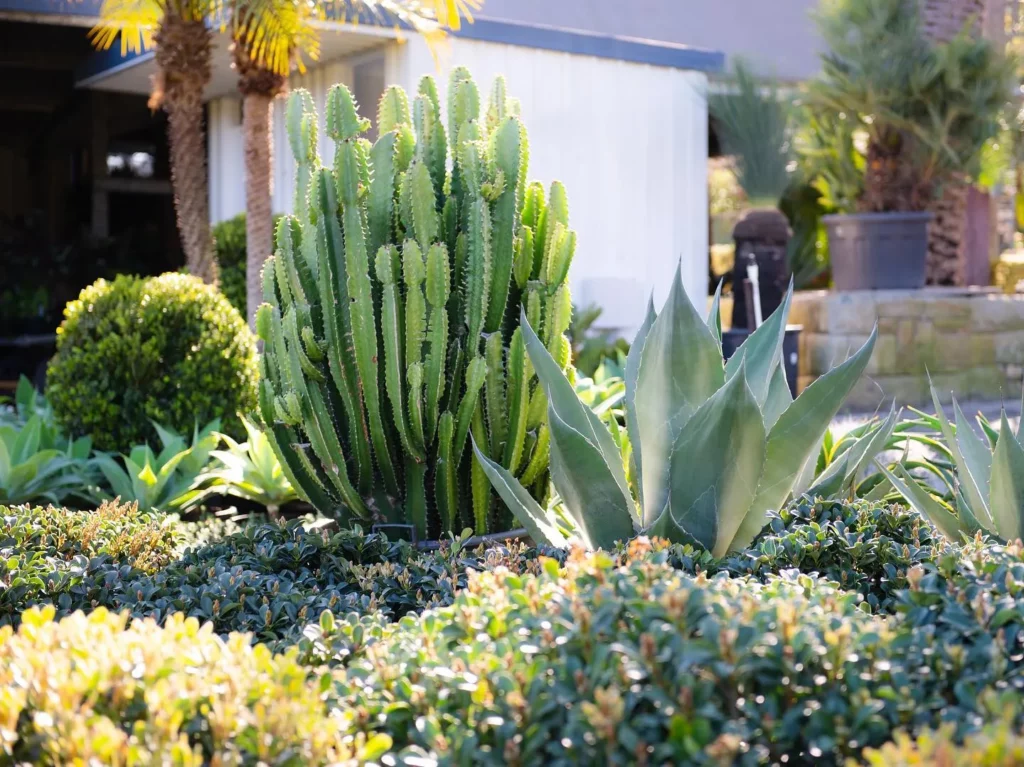
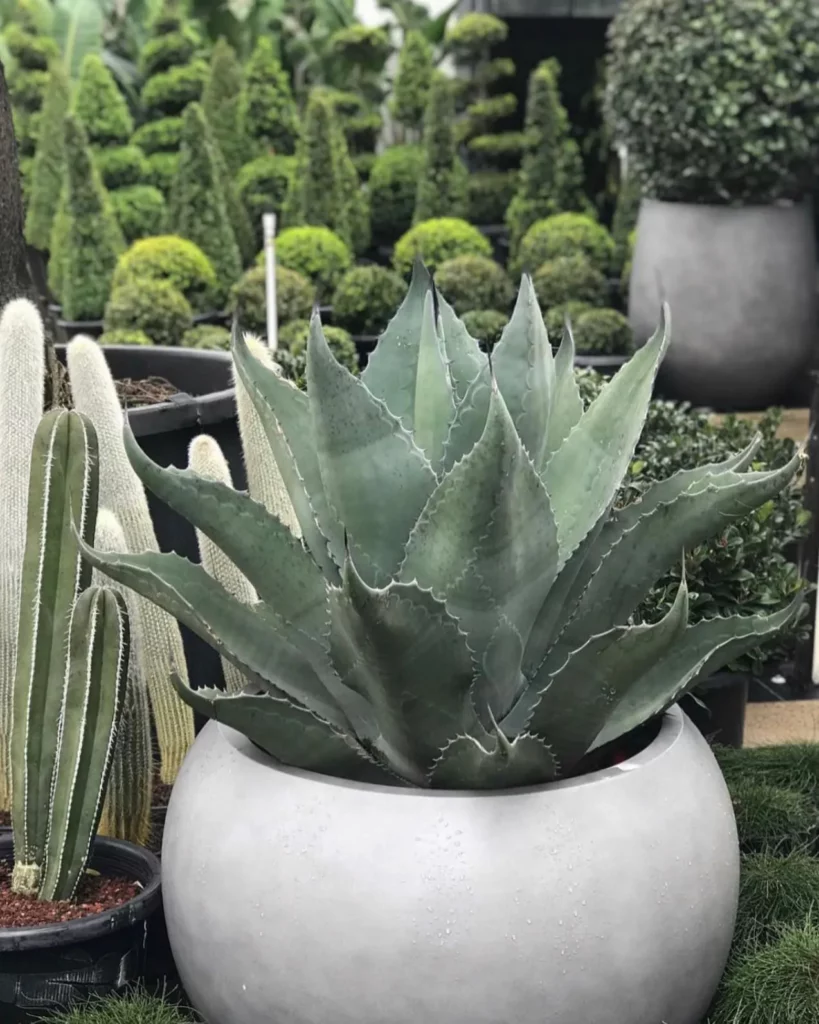

Maguey de Pulque is a versatile succulent that can be easily propagated from both cuttings and seeds. The best time to propagate the plant is after it has finished flowering. Here are the steps to propagate Maguey de Pulque:
- Propagation from cuttings: Take cuttings from the parent plant, making sure to use a sanitized knife or shears. Choose healthy leaves that are fully grown but not yet woody. Let the cuttings dry for a couple of days, then plant them in well-nourished soil, covering the cut ends. Keep the soil lightly moist and place the cuttings in a bright, indirect light location. Roots will start to form in a few weeks.
- Propagation from seeds: Plant Maguey de Pulque seeds in a wide, shallow container filled with moist soil. It’s important to use well-draining soil, and you can add inorganic ingredients like pumice or perlite to improve drainage. Sow the seeds on the surface of the soil and lightly cover them. Keep the soil consistently moist and place the container in a warm, sunny spot. Germination should occur within a few weeks.
Growing Tip:
When propagating Maguey de Pulque from cuttings, be sure to use sharp, clean tools to prevent the spread of diseases. Sanitizing your tools with a bleach solution before making any cuts is recommended. Additionally, remember to handle the plants with care, as they have sharp spikes along the edges of their leaves.
Growth and Development of Maguey de Pulque
Maguey de Pulque, also known as Agave salmiana, is a slow-growing succulent that requires patience and time to reach its full potential. This magnificent plant typically takes anywhere from 15 to 25 years to bloom and produce flowers. Its monocarpic life cycle means that it only blooms once in its lifetime, making each flowering event even more special.
During its growth phase, Maguey de Pulque forms large, fleshy, dark green leaves that resemble a candelabra. These leaves provide architectural beauty to any landscape. As the plant matures, it can reach heights of up to 6 feet and spread up to 12 feet, creating an impressive presence in any garden.
It’s essential to plan for the mature size of Maguey de Pulque when deciding on its location in your landscape. Give it enough space to grow and thrive, ensuring that it doesn’t interfere with surrounding plants or structures. With careful planning and proper care, your Maguey de Pulque will reward you with its stunning growth and infrequent but magnificent blooms.
Pests and Diseases of Maguey de Pulque
Maguey de Pulque, like any other plant, is susceptible to pests and diseases that can affect its health and appearance. It’s important to be aware of these potential issues and take preventive measures to keep your Maguey de Pulque thriving.
Pests:
- Agave Snout Weevil: Also known as the Sisal weevil, this beetle can cause significant damage to Maguey de Pulque. Look out for signs of wilting, yellowing, or dying leaves, as well as holes in the leaves or stem. If you suspect an infestation, treat the plant with a specialized pesticide during fall or spring.
Diseases:
- Phytophthora: This plant-damaging fungus can infect Maguey de Pulque if it is grown in poorly-drained soil. It can cause root rot, yellowing or browning of the leaves, and wilting. To prevent this disease, make sure to provide well-drained soil and avoid overwatering or allowing water to stagnate around the roots.
Uses of Maguey de Pulque
Maguey de Pulque, also known as Agave salmiana, has a wide range of uses beyond its ornamental value. This versatile succulent is prized for its sap, which is used in the fermentation of pulque, a traditional alcoholic beverage. The flowering stems of Maguey de Pulque are also sweet and juicy, making them a delicious treat that can be eaten like sugar cane. Additionally, the leaves of young plants can be harvested and used to create clothing and laces, showcasing the plant’s versatility in various handicrafts.
But the uses don’t stop there. Maguey de Pulque has another surprising application – its roots. The roots of this succulent contain saponins, which are natural compounds that can be used as an alternative to soap. This makes Maguey de Pulque not only an attractive addition to any landscape but also a practical plant with diverse uses.
Maguey de Pulque Uses:
- Production of pulque
- Edible flowering stems
- Clothing and lace making
- Natural soap substitute
Grooming and Maintenance of Maguey de Pulque
When it comes to caring for your Maguey de Pulque, grooming and maintenance are key to keeping it thriving and looking its best. Here are some essential tips to keep in mind:
1. Light Pruning:
Give your Maguey de Pulque a light pruning to improve its overall appearance. Be sure to sanitize your pruning tools before and after use to prevent the spread of diseases. Trim away any dead or damaged leaves, as well as any suckers that appear in large colonies. This will help maintain a neat and tidy appearance.
2. Protection from Harsh Conditions:
Maguey de Pulque is a tough plant, but it still needs protection from extreme weather conditions. During the winter, protect your plant from harsh winds by bringing it indoors or providing a cloth cover. In the scorching summer heat, provide extra shade or cover your plant to shield it from intense UV rays. By taking these precautions, you’ll help ensure the health and longevity of your Maguey de Pulque.
3. Minimal Fertilizer:
For mature, fully-formed Maguey de Pulque plants, fertilizer is not necessary. This succulent is adapted to thrive in nutrient-poor soil, so avoid applying additional fertilizer as it can potentially harm the plant. Instead, focus on providing the proper light, water, and protection from pests and diseases to keep your plant healthy.
Transplanting Maguey de Pulque
Transplanting Maguey de Pulque is a straightforward process that can be done during the spring or summer seasons. When preparing to transplant this stunning succulent, it’s essential to take precautions due to the sharp spikes along the edges of its leaves. I recommend wearing eye protection to prevent any sap from getting into your eyes.
When selecting a new location for transplantation, ensure that the soil is well-drained and moist. Dig a hole at the same depth as the current plant, making sure to leave enough space for the Maguey de Pulque to grow to its full size. After carefully transferring the plant to its new spot, provide partial shade to protect it from harsh UV rays and cover it with a cloth for extra protection.
Once new growth appears, remove the cloth and water the plant lightly, making the soil wet. It’s crucial not to overwater during this stage, as it can lead to root rot. By following these simple steps, you can successfully transplant your Maguey de Pulque and continue enjoying its architectural beauty in its new location.
FAQ
How often does Maguey de Pulque bloom?
Maguey de Pulque blooms only once every 15-25 years.
What are the light requirements for Maguey de Pulque?
Maguey de Pulque prefers partial sun or partial shade.
How often should I water Maguey de Pulque?
Maguey de Pulque should be watered every 2-3 weeks in summer.
Does Maguey de Pulque require fertilizer?
Maguey de Pulque requires little to no fertilizer, but young plants may benefit from a half dose of 20-20-20 fertilizer.
What type of soil is best for Maguey de Pulque?
Maguey de Pulque is well-suited for all types of soil, as long as it is moist and well-drained.
How can I propagate Maguey de Pulque?
Maguey de Pulque can be easily propagated from cuttings or seeds, with the best time for propagation being after flowering.
How long does it take for Maguey de Pulque to bloom?
Maguey de Pulque can take up to 15-25 years to bloom and produce flowers.
What pests and diseases should I watch out for with Maguey de Pulque?
Maguey de Pulque is susceptible to the agave snout weevil and phytophthora disease.
What are the uses of Maguey de Pulque?
Maguey de Pulque has various uses, including the production of pulque, as well as for food, clothing, and soap.
How do I groom and maintain Maguey de Pulque?
Maguey de Pulque requires light pruning for improved appearance and protection from harsh weather conditions.
How do I transplant Maguey de Pulque?
Maguey de Pulque can be easily transplanted from one area to another during spring and summer, while taking care to avoid the sharp spikes along the edges of the leaves.


